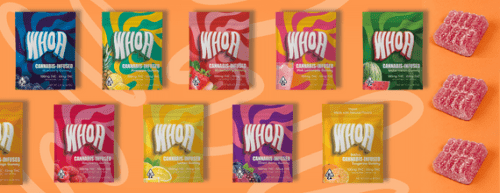Back in June, Kentucky authorities seized a load of weed-infused goodies headed from California to Florida. The candy’s packaging was near identical to real thing, aside from mentioning the 400mg of THC present in the treats. Of course, the reactions to the incident erred on the side of sensationalism. US Attorney Mike Stuart even went to say that trick or treating would “never be the same again.” Again, the initial seizure of the wacky candy took place in June. Despite all the frantic press coverage,the culprits behind the illegal candy remained at large.
“Sweet” Justice
Fast forward to January of 2020, and some of the culprits behind those psychadelic sweets are facing the music. On January 7th, the Monmouth County Prosecutor’s Office announced the apprehension of 24 individuals across New Jersey. With the weed-loving Willy Wonka wannabes in custody, authorities sprinkled in some good old fashioned scare tactics. Prosecutor Christopher Gramiccioni declared that illicit stoney treats are “making the rounds” and constitute “an extreme danger to the community, particularly the children.”

As details continued to come out, the case began to get, well, strange. The bust resulted in the seizure of 21,000 packages of candy, 1,100 pounds of weed, and more than 6,500 candied vape carts. All told, the illegal goods accounted for a value of $2 million. With the money being that good, it should be no surprise that authorities also seized a bevy of Lamborghinis and Ferraris during the operation.
Beyond the sheer scope of the operation, authorities also highlighted some sketchy methods used to make the candy. Rather than actually making the candy and infusing it with THC, the dealers used a more straightforward method. They would simply buy the candy, and spray it with a potent THC solution. This method has been largely eradicated within legitimate edible operations for obvious reasons, namely the lack of control concerning how much THC ends up in the treats. Despite this outdated method, there were luckily no reports of consumers becoming ill as a result of over-consumption.







